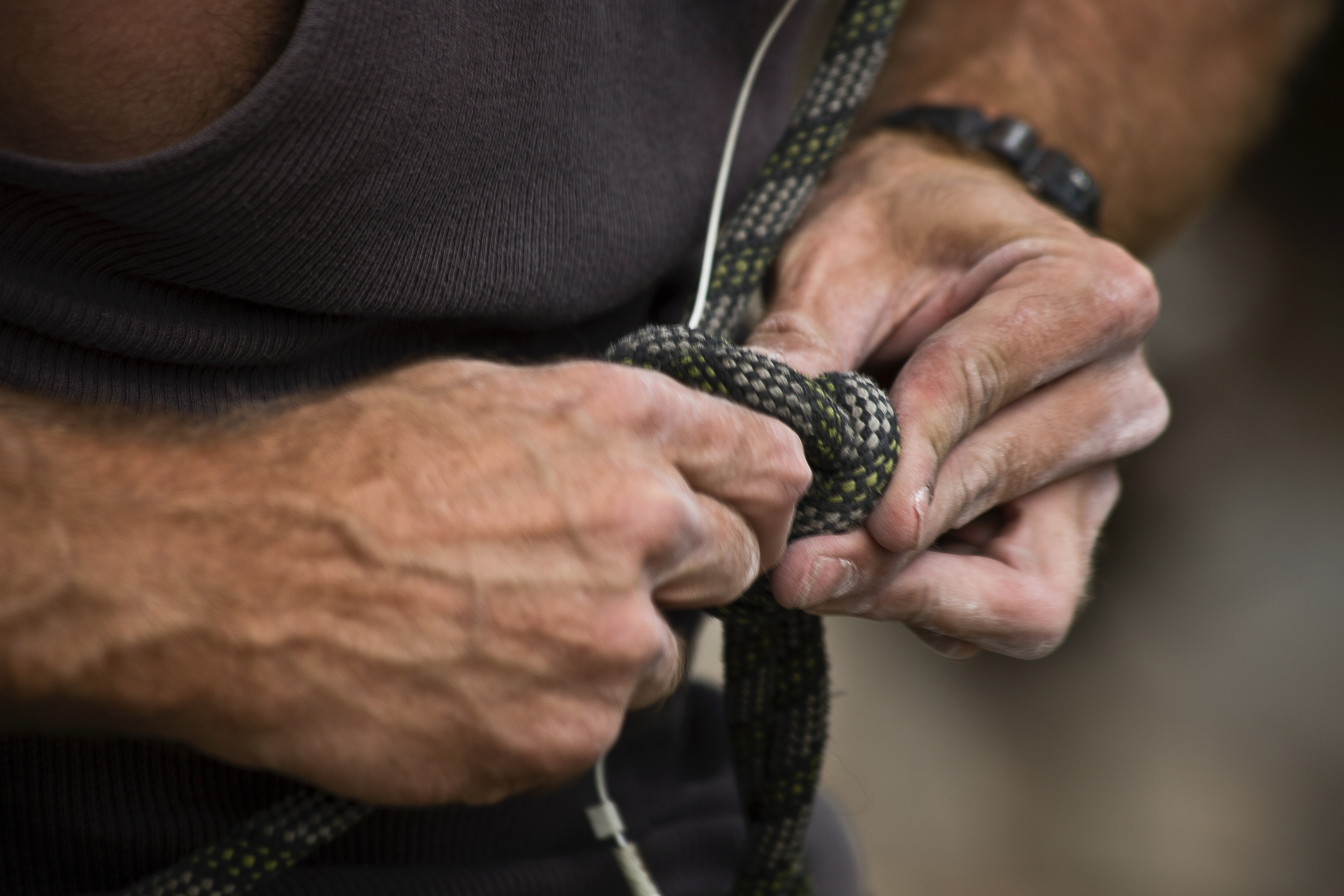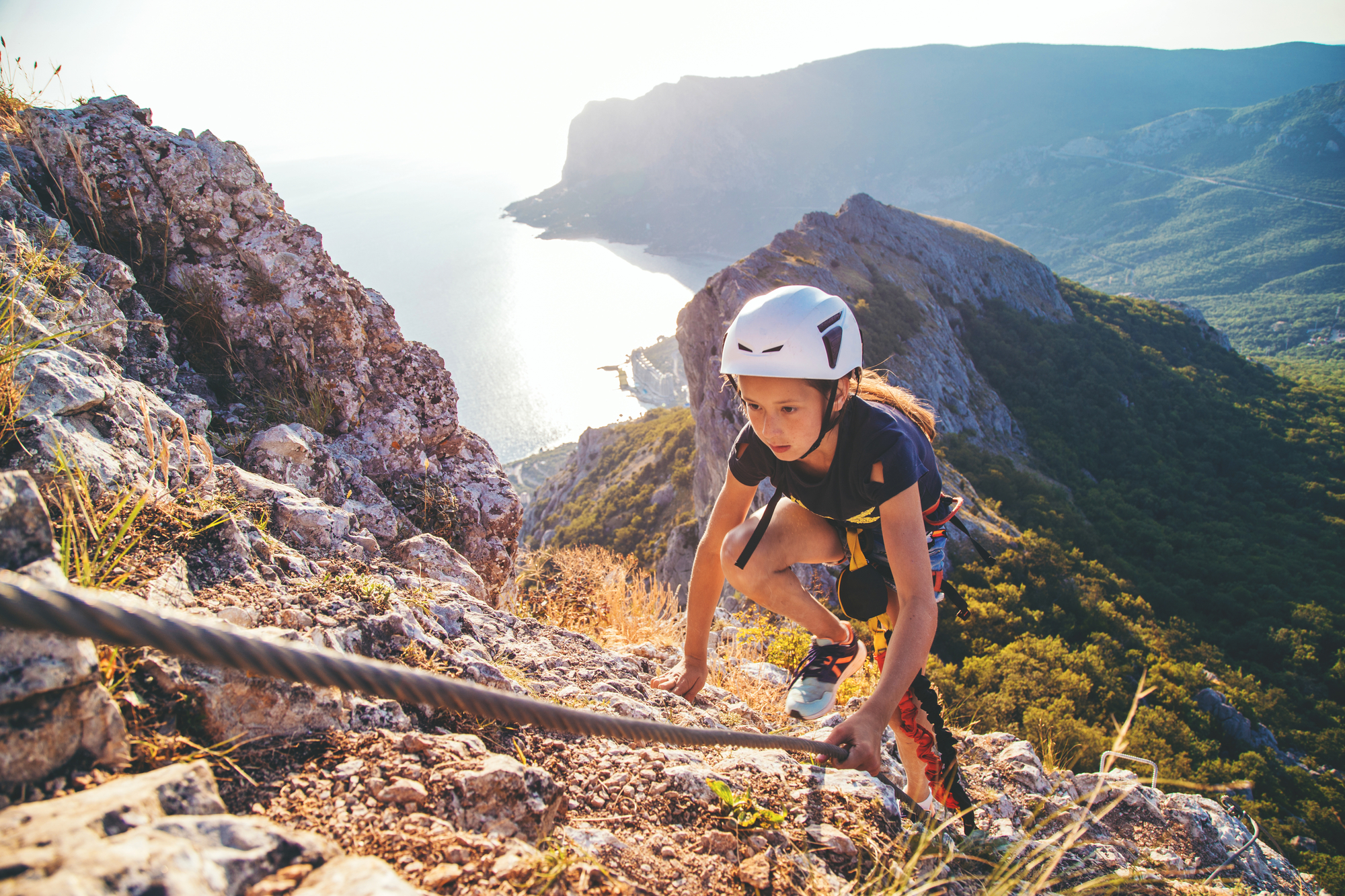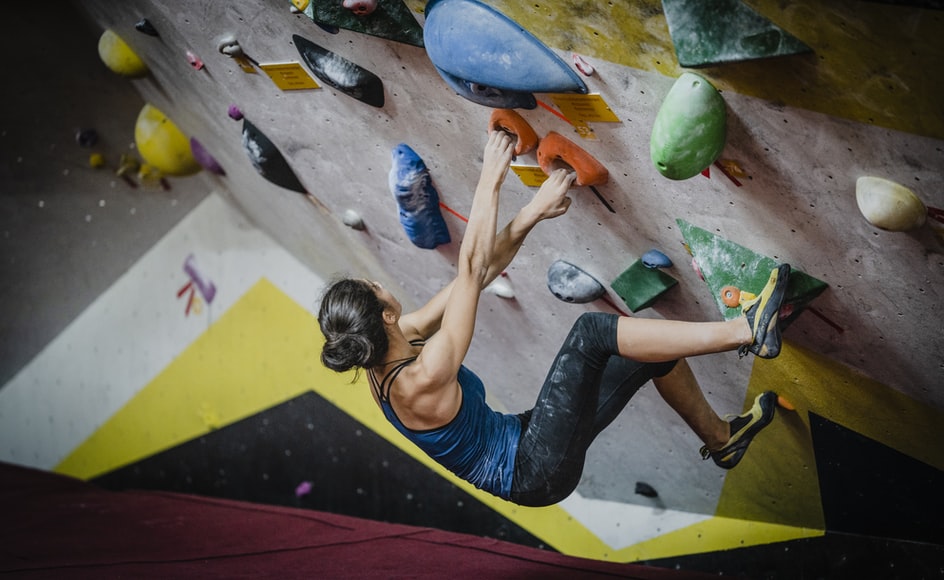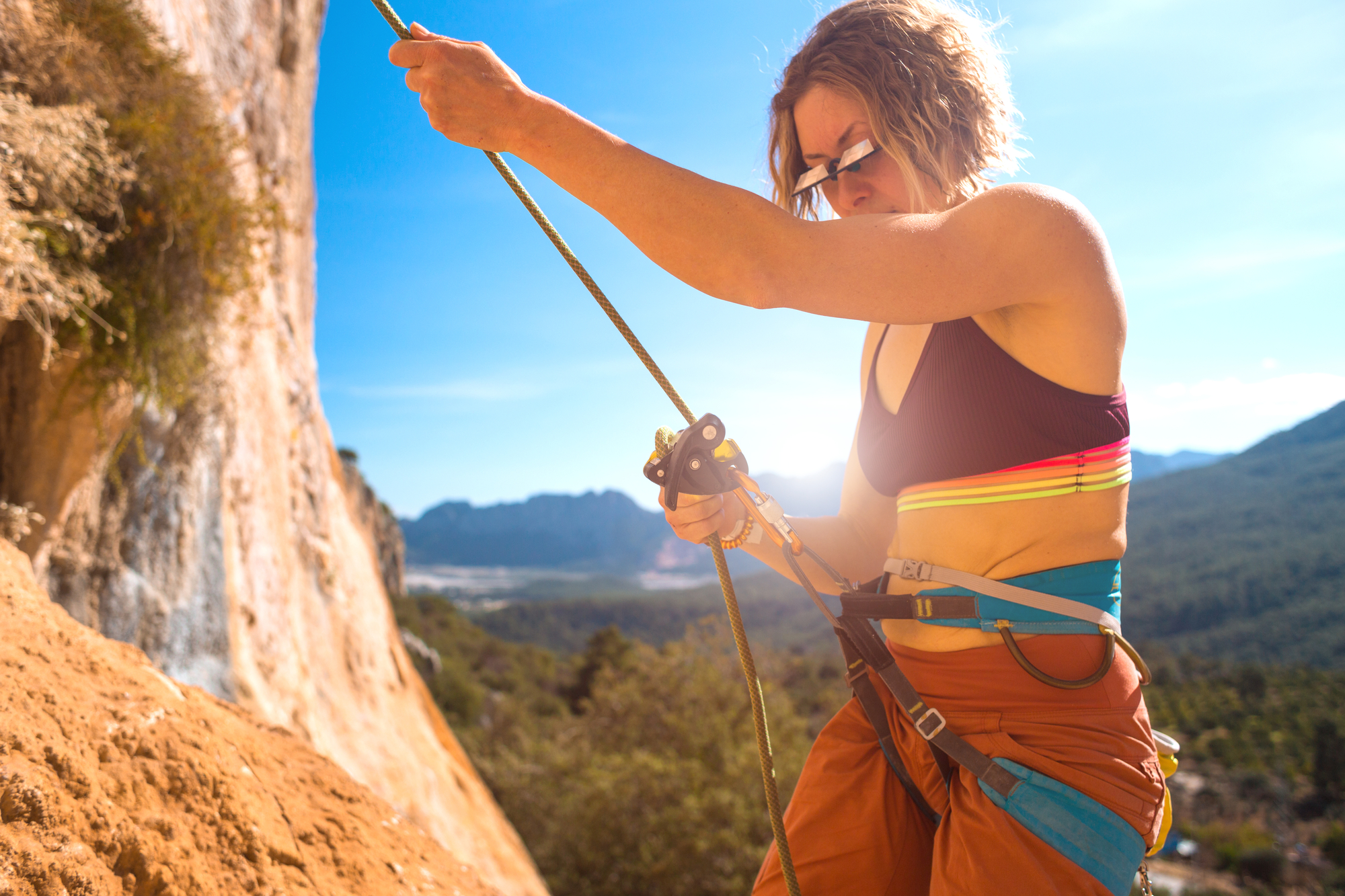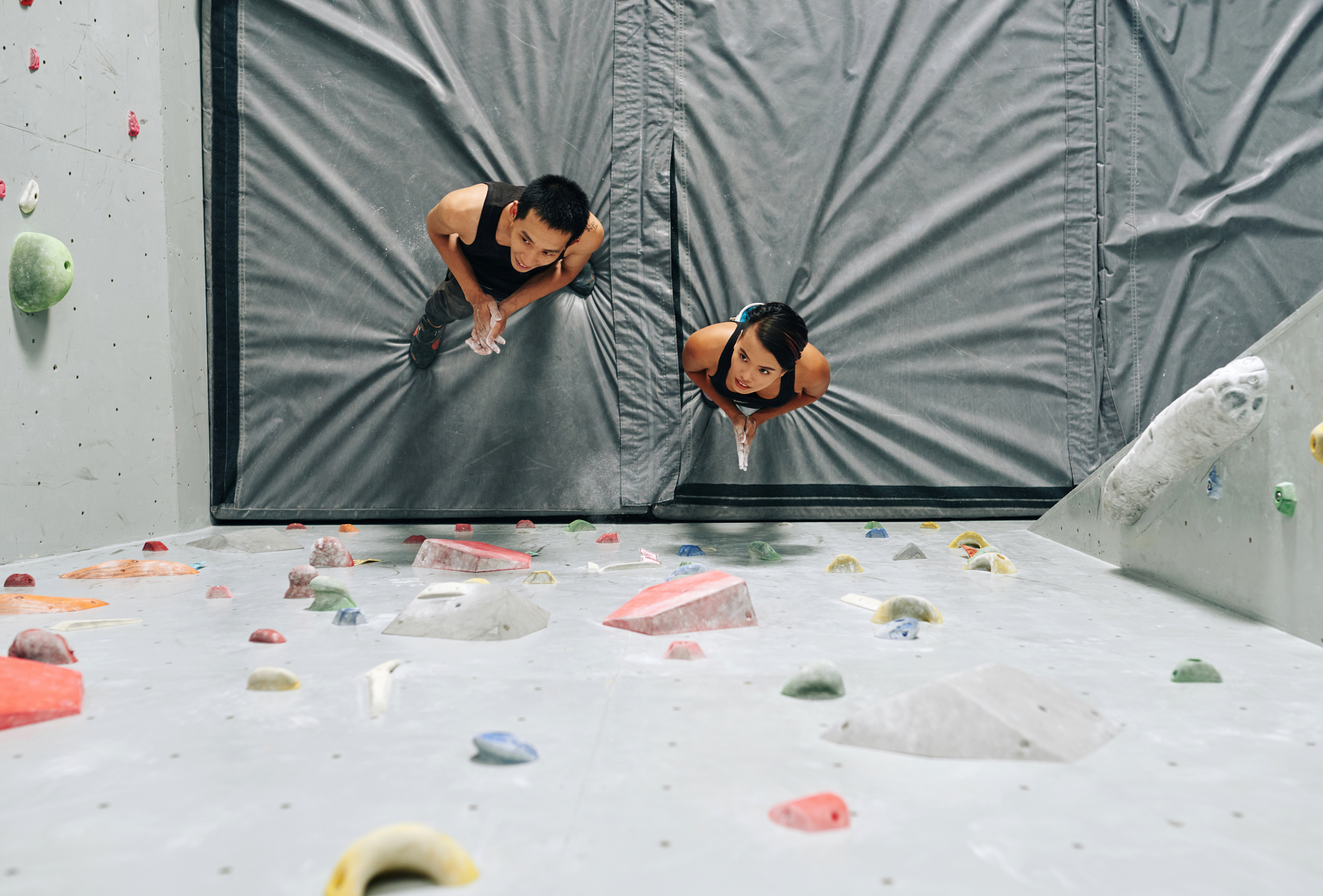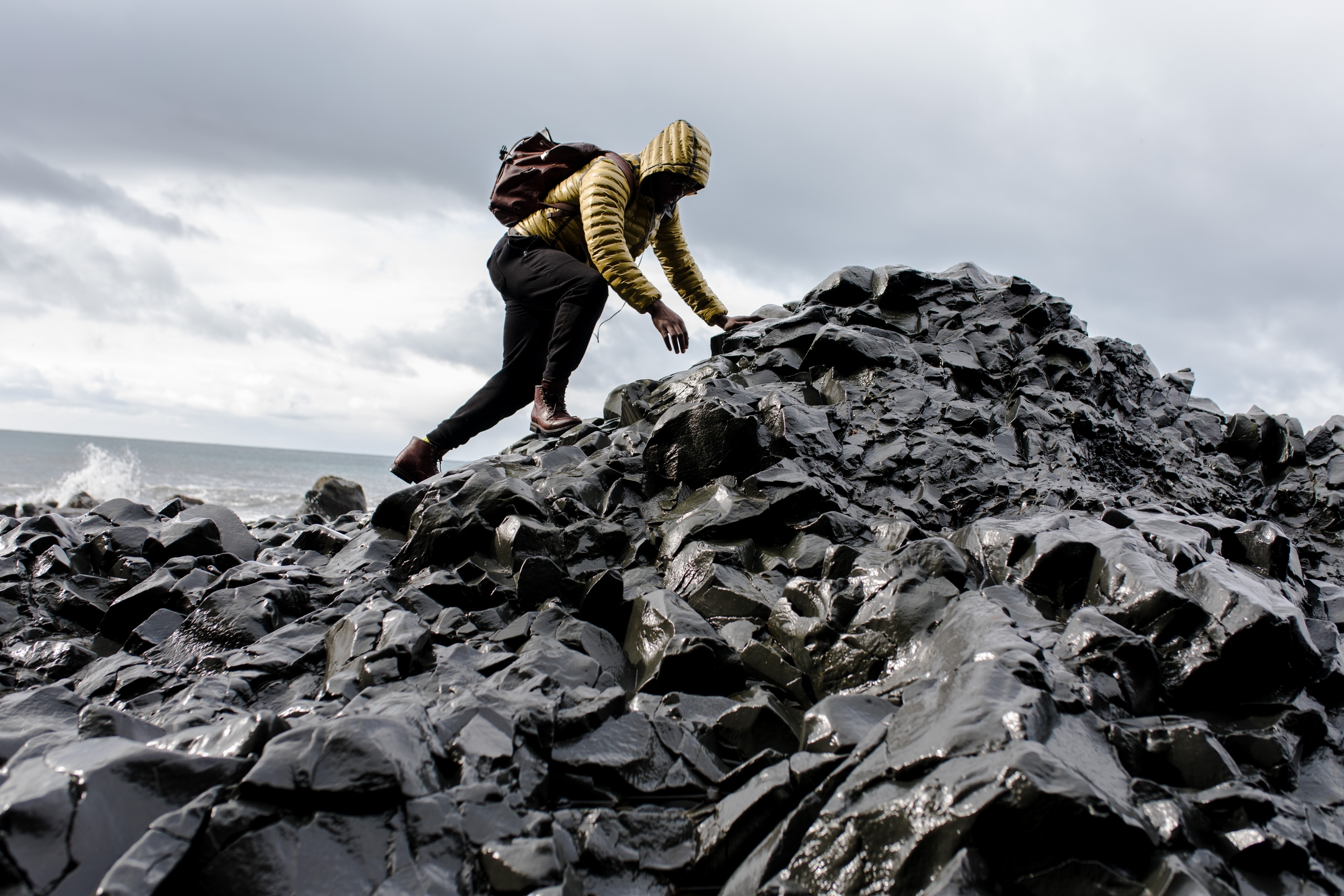Rock climbing is a great way to stay fit and have fun. It can also be quite challenging, especially if you're just starting out.
Anyone who has ever tried to rock climb knows that your fingers take a beating. They are constantly gripping and pulling on the rocks, leading to pain and decreased performance. This can be frustrating and limit your ability to reach new heights.
Do you want to improve your climbing performance? If so, then you need to start paying attention to your finger stretching routine.
Let's take a look at some tips that will help you stretch your fingers for rock climbing.
Why Should You Stretch Your Fingers Before Rock Climbing?

There are several reasons why you should stretch your fingers for rock climbing.
#1. To Prevent Injury
One of the most important reasons to stretch your fingers is to prevent injury. When you grip and pull on rocks, you're putting a lot of stress on your tendons and ligaments. If you don't stretch properly, you could injure yourself.
#2. To Improve Performance
Another reason to stretch your fingers is to improve your performance. If you can increase the range of motion in your fingers, you'll be able to grip and pull on rocks more effectively. This will lead to better climbs and a higher level of success.
#3. To Reduce Pain
Finally, stretching your fingers can also help to reduce pain. If you're constantly gripping and pulling on rocks, you're likely to experience some discomfort. By stretching your fingers, you can help to alleviate this pain and make climbing more enjoyable.
Now that we've covered the reasons why you should stretch your fingers, let's go over some basic stretching exercises that you can do.
Finger Stretching Exercises

The following are some easy Physio exercises and tips you can do every day, whether you are climbing or resting during a workday.
These exercises can help you if you are new to climbing or have been climbing for a while and have been experiencing joint and tendon stiffness.
1. Squeezing
Squeezing your fingers is a great way to warm up before climbing. It helps to increase blood flow and gets your tendons and ligaments ready for action.
Pick up a squeeze ball and a stress ball and squeeze them for ten to twenty seconds each. Then, let go of the ball and take a break for approximately 10 seconds.
You may also utilize a half-inflated stress ball or a rubber ball in place of the traditional stress ball. A tennis ball, on the other hand, may provide enough pressure for you to work your fingers.
2. Finger Lifts
This kind of finger-strengthening exercise is good to do daily, even if you're not climbing that day.
Finger lifts help build the muscles in your fingers and improve grip strength.
To do this exercise:
- Place your hand flat on a table with your palm down.
- Use your fingers to lift the weight of your hand off the table.
- Hold this position for five to ten seconds before returning to the starting position.
Repeat this exercise ten times for each hand. As you get stronger, you can increase the amount of weight you're using.
3. Bend-And-Fold
Performing the bend-and-fold exercise helps stretch the muscles and tendons in your fingers.
Raise both of your hands and keep them facing away from you as you do this. Then, bend each of your outside fingers at the second knuckle starting with your little finger.
While bending each finger, keep the rest of your fingers motionless. To assist with this, consider that all of your fingers are performing individual pushups. 10 rotations through your digits is a good place to start.
4. Finger Splits
Finger splits help to stretch the muscles and tendons in your fingers. They also help to increase range of motion and flexibility.
Begin by keeping your left hand out in front of you with your fingertips relaxed but apart. Push your extended left thumb against your left palm with your right hand.
Keep the other fingers of your left hand up and away from your palm while you do so.
Hold it for three seconds before releasing and regaining your right hand's placement. Repeat the procedure with each of your left hand's fingers individually.
5. Pen Rolls
Hold a pen beneath your first knuckles and fold your fingers over it to execute the pen roll. Then, attempt to pull the pen up into the crease of your hand using only your four fingers.
Do this for one minute on each hand with four minutes of rest in between. The gliding exercise will assist in the promotion of blood flow to the fingers, which reduces injury and improves strength development.
6. Fist Extension
Extending your fists is an easy way to get the blood flowing to your fingers. It also helps to reduce the risk of tendonitis and carpal tunnel syndrome.
Start by relaxing your hand in a loose fist that isn't too hard. Before letting it settle, unfold your thumb and stretch it toward the back of your hand. Do this with each finger in your hand one by one.
You can continue practicing the technique by folding your fingertips back toward yourself. Next, fold each finger in the same manner you opened it.
Stretch your fingers out to the side for four repetitions on each hand. You may make it more difficult by extending your fingertips for longer.
7. Thumb Opposition
This drill is beneficial for finger strength and flexibility and for increasing your range of motion.
To start, raise your hand and point your fingers upward. Then, with a firm grip on the tip of your little finger, squeeze for five seconds.
Next, move your thumb to the next finger on your hand and repeat the process. Repeat this procedure four times for each of your four fingers, and then do it again with your other hand.
8. Finger Drops
To do this stretch, raise your elbows, then press your hands together like you're signaling the number five.
Your pinky fingers should be folded inward toward the other hand. For example, your left pinky should be touching the back of your right.
Hold your pinkies here for a few seconds before returning them to their proper position. In turn, repeat the process with each of your fingers.
9. Tapping & Pushing
This last exercise is a two-in-one. Keep your palms together and hold them in sort of a praying position.
Then, pull them apart gradually and softly tap twice with your fingers still together.
Tap your fingertips and hold them together, then push to the left side, then the right.
To sum up, perform the following movements in order: tap, tap, push, push.
Conclusion
Climbing is a physically demanding sport that puts a lot of strain on your fingers. In order to perform at your best, it's important to keep your fingers healthy and strong.
While there are many ways to do this, the tips we mentioned are just some of the best exercises for rock climbers looking to improve their finger strength.
Doing these exercises regularly will give you an edge when it comes to rock climbing. Your fingers will be stronger, but you'll also have an increased range of motion and flexibility.
As always, be sure to warm up before attempting any strenuous activity. And if you experience any pain or discomfort, stop immediately and consult a doctor.
Happy climbing!

